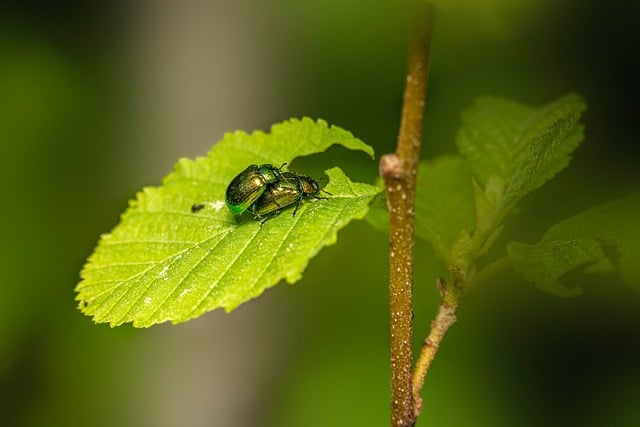In Lone Tree, non-lethal bat removal specialists offer humane solutions for beaver conflicts in urban areas. They employ strategies like habitat adjustments, noise & visual deterrents, and one-way exclusion devices to mitigate damage without harming beavers. These methods prioritize peaceful coexistence between wildlife and humans while addressing beaver-related property destruction. Homeowners turn to these experts for innovative, non-lethal protection against invasive beavers, collaborating with local authorities for effective, environmentally conscious solutions.
Beavers, with their dam-building prowess, can transform landscapes, but their activities can also lead to property damage. This article explores effective strategies to prevent beaver mischief without resorting to lethal methods. We delve into the complex behavior and habitat needs of these fascinating creatures, providing insights crucial for homeowners and land managers. Additionally, we highlight the expertise of non-lethal bat removal specialists in Lone Tree, who offer innovative solutions tailored to this unique challenge.
- Understanding Beaver Behavior and Habitat
- Non-Lethal Methods for Beaver Damage Prevention
- Battling Beavers: The Role of Experts in Lone Tree
Understanding Beaver Behavior and Habitat

Beavers are fascinating creatures, known for their dam-building prowess and strong family bonds. Understanding their behavior is crucial when it comes to preventing damage in areas where they inhabit, such as urban landscapes or agricultural fields. These semi-aquatic rodents are highly adaptive and will seek out suitable habitats near water sources like rivers, streams, or even irrigation channels. In the city, they’ve been known to take up residence in man-made ponds and wetlands, which can lead to problematic overgrowth of vegetation and potential structural damage.
To effectively manage beaver activity, especially in areas where their presence is unwanted, non-lethal methods are often recommended by wildlife control experts. In Lone Tree or any urban setting, professional bat removal specialists can employ a range of techniques like habitat modification, deterrents, and one-way exclusion devices to encourage beavers to move on without resorting to lethal means. These strategies focus on understanding and respecting these animals’ natural behaviors while finding peaceful solutions for both wildlife and humans sharing the same spaces.
Non-Lethal Methods for Beaver Damage Prevention

In addressing beaver damage, non-lethal methods offer a humane and environmentally conscious approach. Experts in bat removal, for instance, can implement various strategies to discourage beavers from causing havoc on properties without resorting to lethal force. One common technique involves using noise deterrents such as motion-activated sprinklers or alarm systems that emit high-frequency sounds unpleasant to beavers. Visual deterrents like reflective tape, flashing lights, and decoys can also be employed to make areas less appealing for beaver activity.
Another non-lethal method is habitat modification. This involves altering the environment to limit access to food and shelter. For instance, trimming trees and shrubs close to structures, securing garbage cans with tight-fitting lids, and removing potential nesting sites can significantly reduce beaver interest in an area. Additionally, installing physical barriers like fence systems designed specifically to keep out beavers can provide long-term protection for properties prone to damage.
Battling Beavers: The Role of Experts in Lone Tree

In the face of beaver damage, many homeowners in Lone Tree turn to non-lethal bat removal experts for help. Beavers, while adorable, can cause significant destruction to properties with their constant chewing and dam-building activities. When trees and structures are at risk, professional intervention is often necessary. These experts employ a range of innovative, humane methods to deter beavers without causing them harm.
They understand the behavior patterns of these rodents and use this knowledge to install specialized devices that protect property while ensuring beaver survival. By collaborating with local wildlife authorities and leveraging their expertise in non-lethal practices, these professionals offer effective solutions for Lone Tree residents dealing with invasive beavers.
Beaver damage can be a significant concern for property owners, but understanding and addressing the issue humanely is key. By employing non-lethal methods, such as habitat modification and deterrents, residents of Lone Tree can effectively prevent beaver problems without causing harm to these valuable wildlife species. Consulting with experts in non-lethal bat removal ensures that any actions taken are both safe and efficient, fostering a harmonious coexistence between humans and beavers in the local landscape.
